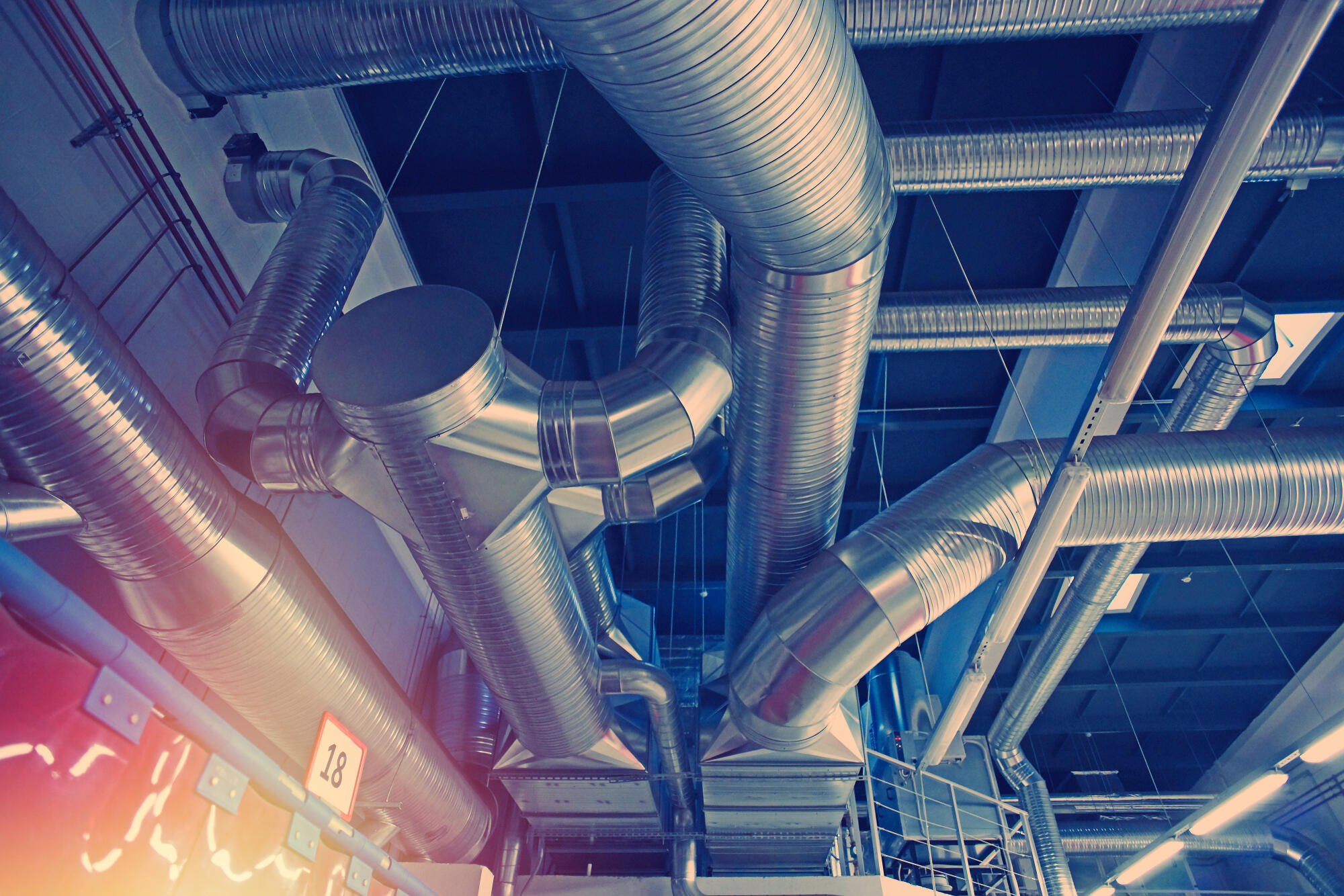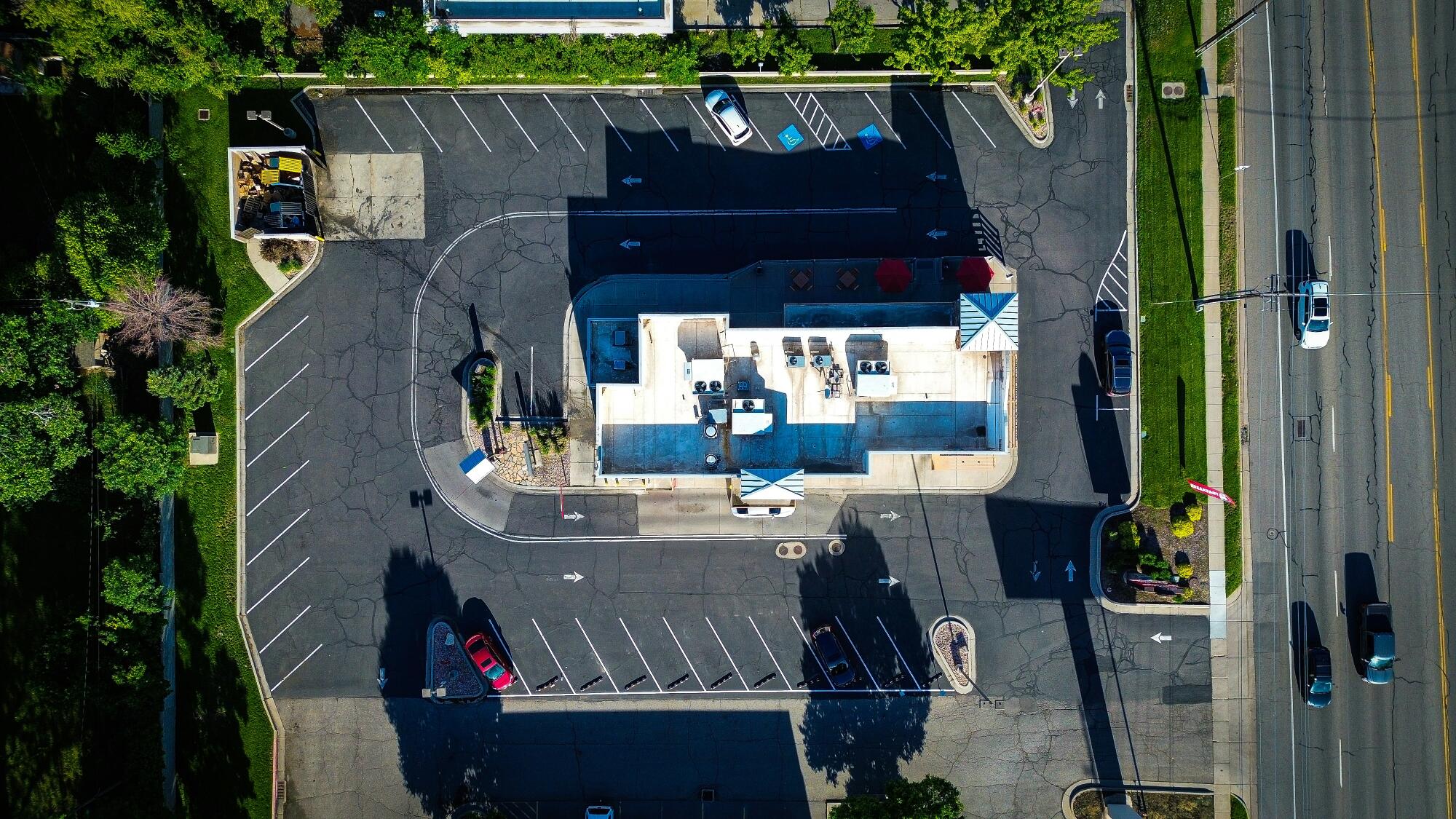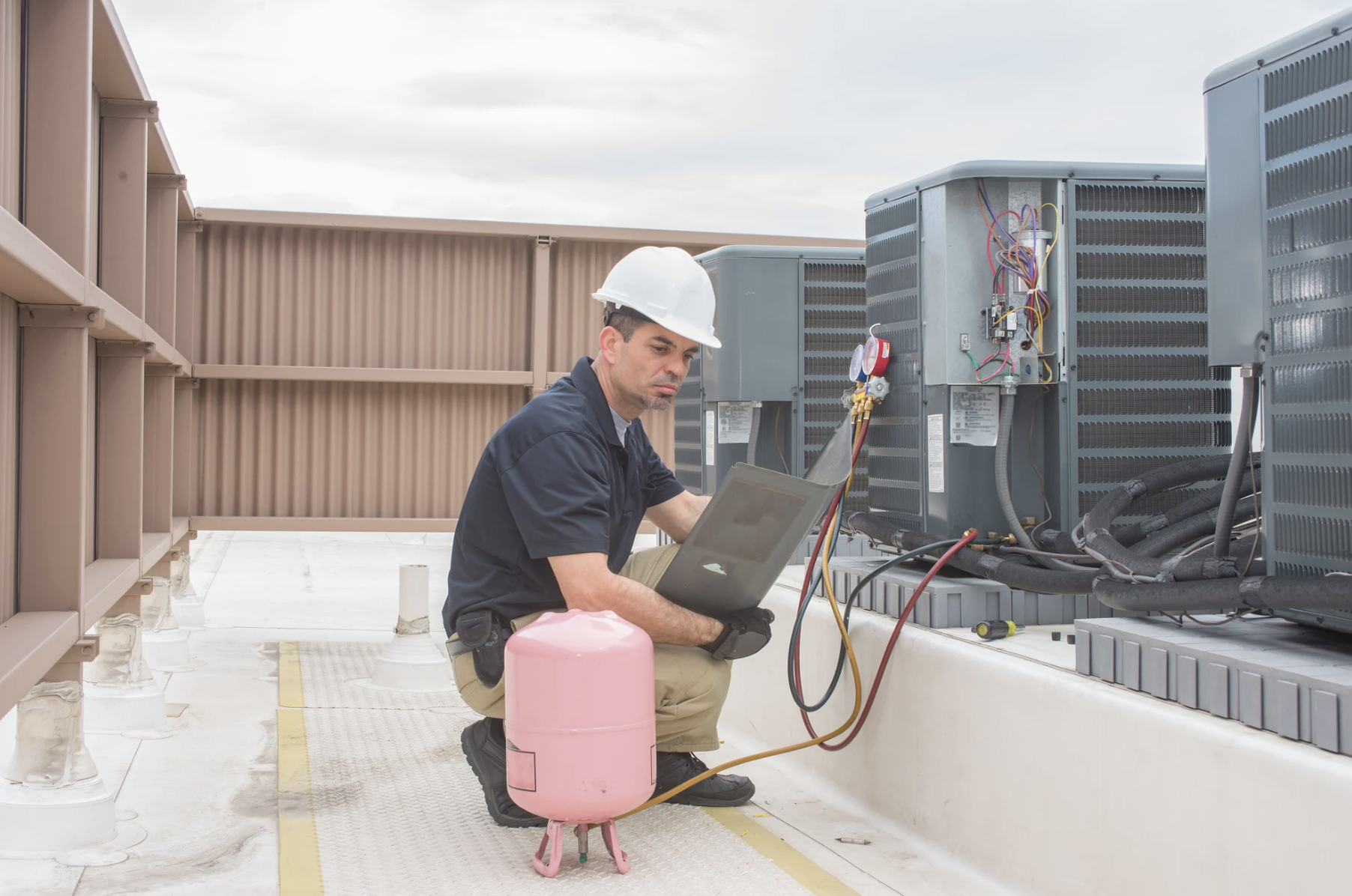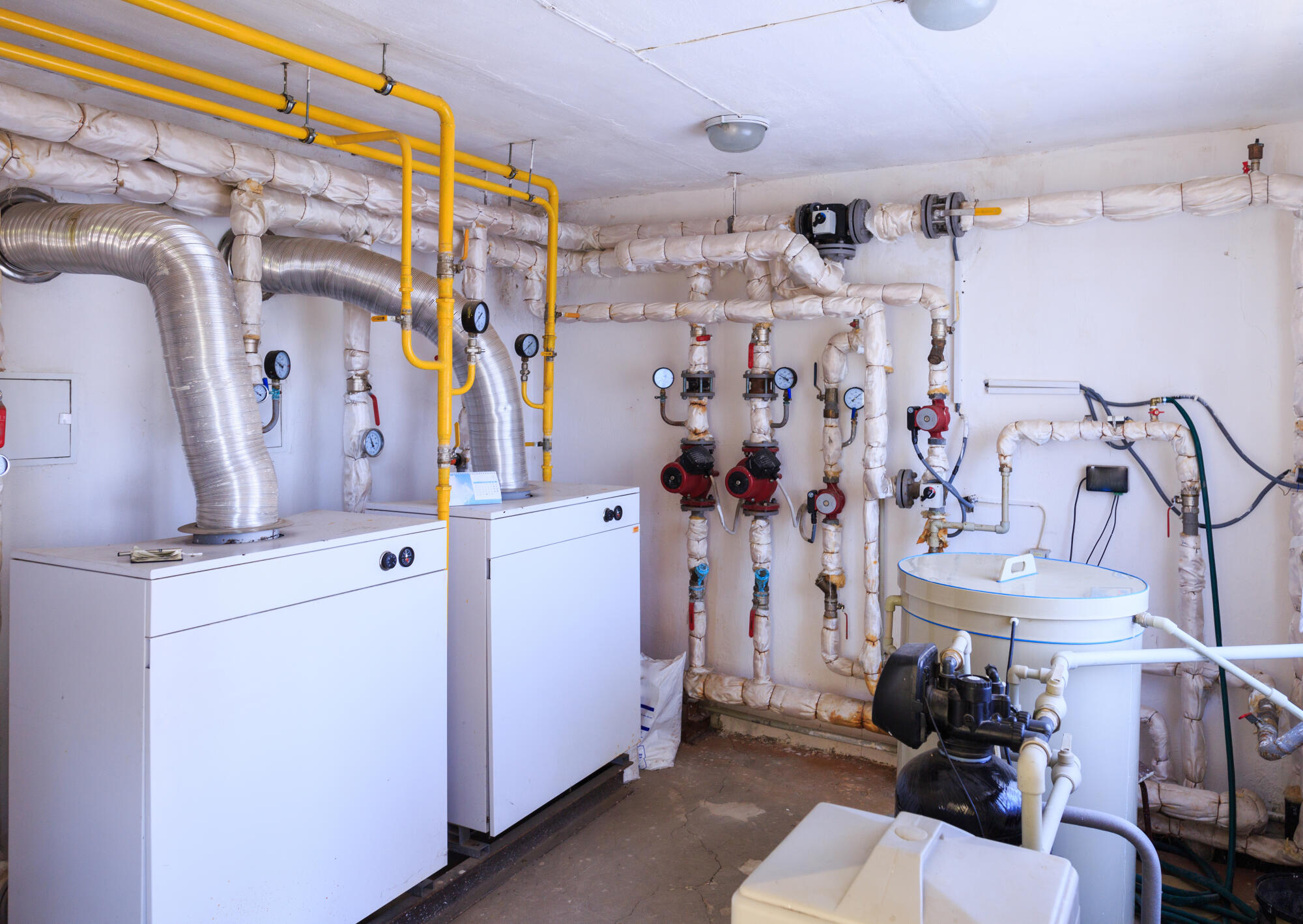
Whether you’ve just moved in or lived somewhere for years, it never hurts to improve air quality in your home. And that effort starts with duct cleaning. You may not think about the connection between your HVAC system and air quality, but it’s time to start.
Keep reading to learn about the benefits of scheduling an AC duct cleaning service in Conroe, Texas!
Improve Air Quality
Even though your HVAC system uses filters, those filters can’t capture everything. You might not always remember to change the filters each month, either.
Pollen, pet dander, and other contaminants will find their way into your home’s air. When your HVAC system is running, it just helps circulate these elements throughout your home.
You may not see pet dander and other air pollutants, like volatile chemicals, but you’ll feel them. Likewise, pesticides and other air pollutants can trigger physical reactions. Water eyes, coughing, and other uncomfortable symptoms are more likely when your air quality is compromised in Conroe.
Air duct cleaning can help get rid of dust and debris from your air. This helps reduce allergens, too, which can make the air you breathe purer. As a result, you may be able to avoid more concerning health problems, like chronic respiratory issues.
Save yourself from runny noses and raspy coughs. With AC duct cleaning, you’ll be released from the control of seasonal allergies. You’ll also enjoy breathing in fresher air that’s free of odors and debris!
Make Your Home Smell Better
No one wants to live in a stale-smelling home. However, over time, accumulated debris and inconsistent airflow can create this problem. You might not even know it is a problem if you’re used to your home environment – but other people will take notice.
Over time, you’ll see the impact of cleaning products, mold, and food scents in your home. All these odors will mix and linger in your ducts. Air duct cleaning can reduce odors in your Conroe home.
Even worse, you may have rodents in your ducts. When they die, you’re stuck with the remaining smells. You can’t open the windows to get rid of these types of deeply-rooted and unpleasant odors.
Mold and mildew growth in your air ducts can contribute to unpleasant smells, too. This growth can damage your ducts, leading to leaks and inefficiencies in addition to bad smells. You’re better off taking care of mold growth and future problems with air duct cleaning.
Gain a More Efficient HVAC System
Have you noticed that your HVAC system doesn’t always work as well as it should? You may have rooms that skew too hot or cold. The culprit may be your air ducts.
When you get air duct cleaning, you’ll end up with an HVAC system that runs more smoothly. That’s because the cleaning helps remove contaminants that compromise airflow. As a result, you’ll notice more consistency from one room to the next.
An inefficient HVAC unit has to work harder to regulate temperatures, and sometimes the effort won’t work. Worse yet, you may end up with HVAC problems that require costly fixes.
Ongoing HVAC maintenance can get expensive. With home maintenance costs cresting $3,000 each year for most Americans, you don’t want to spend more than you have to.
You’re better off investing in duct cleaning. This routine cleaning service can help keep your HVAC repair costs under control.
Maintain a Safer Home
With AC duct cleaning, you’ll also be able to feel more secure in your home. Removing flammable materials from your home keeps you and your family safer – and air duct cleaning will do just that.
When lint starts accumulating in your ducts, for instance, it can block airflow. As a result, that can cause heat to build to dangerous levels.
Lint is very flammable, meaning it’s especially dangerous if there’s a lot of it in your ducts. You may not see or think about lint, but it’s a compelling reason to get your ducts clean.
Have you noticed more dust in your home? Dust on your furniture may be the result of dust from your ducts being kicked up by your HVAC system. Dust can cause respiratory or immune system problems, creating an unsafe environment in your home.
Finally, by getting your ducts cleaned, you’ll have a professional technician examining your home’s ducts. They’ll be able to spot defects or insulation issues that need to be fixed. Finding problems to fix can help improve your HVAC system’s longevity and prevent more dangerous situations.
Reduce Energy Bills
Professional duct cleaning can help your budget, too. When your HVAC system is working with clogged ducts, it has to work harder. This translates to more energy use and less productivity.
By contrast, a clean system won’t have to exert as much effort to run. Consequently, you’ll see savings in your utility bills each month. You could have bills that are 25% or more lower once your ducts are clean, and that’s a big perk during hot Conroe summers.
Aim to do an air duct cleaning every two years or so. Committing to this routine maintenance can help your wallet and boost your home’s value. If you’re planning to sell any time soon, you can tell prospective buyers that your HVAC system’s ducts are clean and efficient.
You’ll see bigger-picture savings, too. With routine duct cleaning, you can extend the lifespan of your HVAC system. Dirty ducts can cause system strain, repair needs, and, eventually, a full replacement. New HVAC equipment can cost thousands of dollars, so you’ll want to maintain your existing one as long as possible.
Schedule an AC Duct Cleaning
An AC duct cleaning can help your HVAC system run more efficiently while saving you money. You’ll see lower energy bills and your HVAC system could last longer, too. Additionally, you’ll gain cleaner air that keeps allergies at bay in Conroe.
At Bruce Mechanical, we provide Houston-area residents with the most reliable HVAC services. Our professional crew can tackle anything from AC repair to indoor air quality improvement. Contact us today to learn more!







